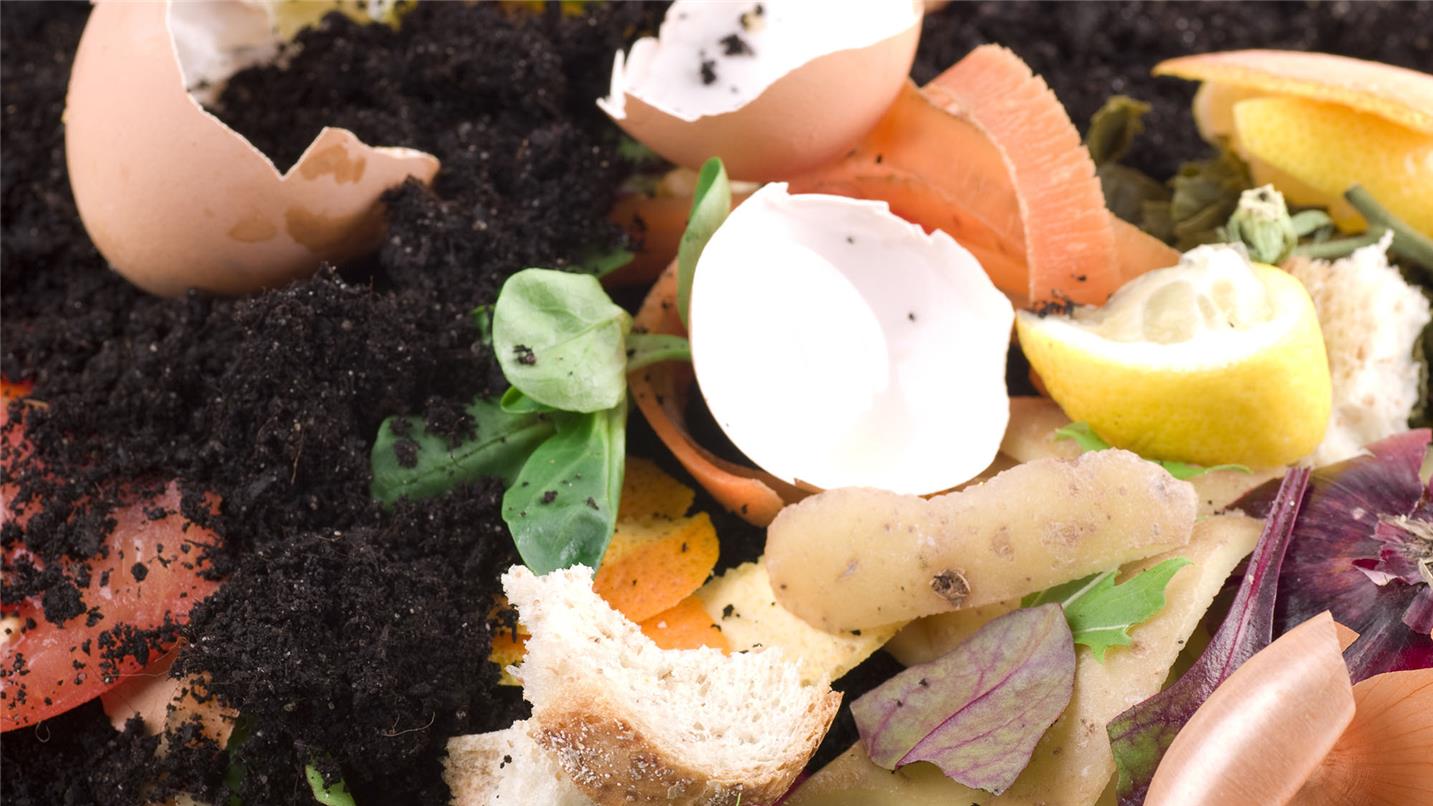How does anaerobic digestion work?
Anaerobic digestion is an alternative way of composting food waste, while also producing renewable energy and avoiding carbon emissions. The process is called anaerobic because it takes place in the absence of oxygen in a sealed tank. Like composting, it is a natural process dependent on the micro-organisms that digest organic waste.
Collection
Food waste, collected from homes and businesses, is delivered – either directly or via a waste transfer station – to the reception hall of an anaerobic digestion facility.
Pre-treatment
First the food waste must be pre-treated to remove contaminants such as packaging and it is also diluted with water.
Heating this waste mixture to 70°C for one hour kills all pathogens in the food.
Digestion
Now pasteurised, the waste is fed into the anaerobic digester. As with composting, bacteria break down the waste, converting it into biogas and a residue, which is called digestate.
Energy
Gas piped from the digester is used to generate electricity and heat.
Other by-products
Water removed from the digestate in a centrifuge can be reused in the process. The digestate contains nutrients and, after maturing, can be used as a biofertiliser to improve soil.
Please note: Anaerobic digestion methods can differ and newer facilities are usually designed with a gas-to-grid approach.
